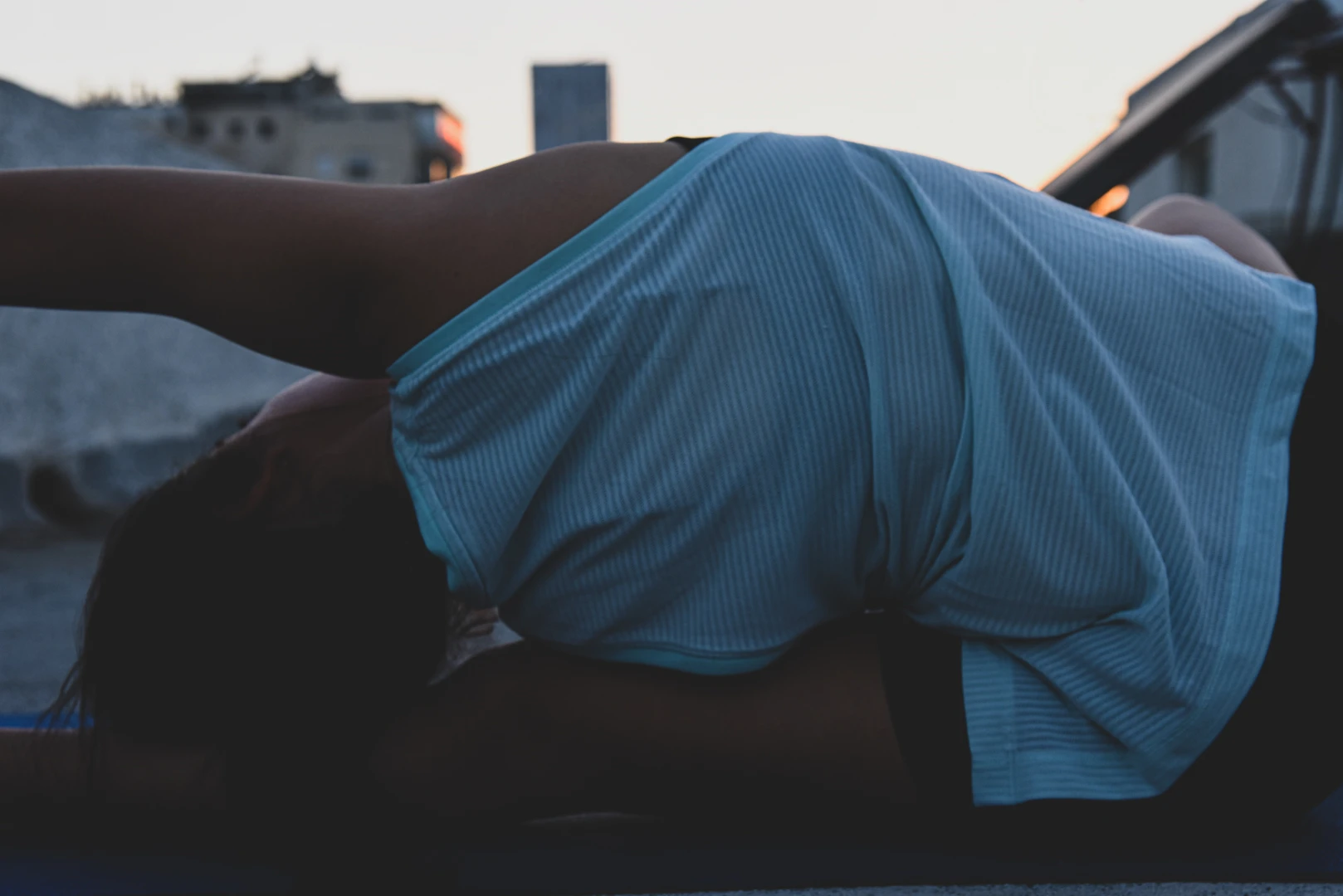The Formula of Flexibility
Three Fundamental Elements of Flexibility
 There’s a commonly held belief that flexibility is a prerequisite of practicing yoga, when in fact the opposite is true; flexibility is just one of the outcomes of a practice that one loves enough to keep coming back to it. You start where you are, and the practice meets you there. Here are the 3 most effective tips I’ve learned over the years for increasing flexibility in a healthy way that yields real, lasting results:
There’s a commonly held belief that flexibility is a prerequisite of practicing yoga, when in fact the opposite is true; flexibility is just one of the outcomes of a practice that one loves enough to keep coming back to it. You start where you are, and the practice meets you there. Here are the 3 most effective tips I’ve learned over the years for increasing flexibility in a healthy way that yields real, lasting results:
CONSISTENCY:
The most useful tip I can give you about flexibility is to stay consistent. Improvements come slowly and often are only noticeable after weeks (or even months) - not days, so success depends entirely on patience and dedication. Tracking your progress can help boost motivation - I strongly suggest taking before and after pictures, as well as practicing a few of the same stretches every day (even five minutes before bed is better than nothing). Use the postures as indicators of how your muscles are feeling that day, and as you begin to pay closer attention, even small amounts of progress will become noticeable.
RELAXATION:
The nervous system actually determines flexibility more than the muscles themselves; when we stretch, our muscles contract in order to strengthen, as the body instinctively tries to protect itself. How you respond to this muscular response is key. Instead of forcing your body to pull or bend deeper into a pose, which could easily lead to injury, try to gradually teach your muscles to relax when they start contracting, and they’ll respond by loosening and lengthening. Relaxation depends on… breathing.
BREATHE & LISTEN:
Use your breath as an indication of what feels good for your body and what doesn’t. If you experience pain as you sink deeper into a position, skip it. Yoga is never supposed to hurt!
By identifying areas of our body that we need to work more on strengthening, we increase our own internal balance while preventing the naturally stronger and more flexible parts of our bodies from overcompensating. If your body resists a stretch, your focus should be on the why you’re experiencing tension; not the how to get your body into that position.
 Our body has a natural “path of least resistance” method of functioning, which is essentially a pattern of ignoring weaker areas so that they never become strengthened - and this pattern is a recipe for joint pain, injuries, and that “wear and tear” feeling you might have experienced in your joints (think about how common it is to experience knee and/or back pain). This is why it’s crucial to apply the extra effort to actively target naturally weaker areas through your yoga practice.
Our body has a natural “path of least resistance” method of functioning, which is essentially a pattern of ignoring weaker areas so that they never become strengthened - and this pattern is a recipe for joint pain, injuries, and that “wear and tear” feeling you might have experienced in your joints (think about how common it is to experience knee and/or back pain). This is why it’s crucial to apply the extra effort to actively target naturally weaker areas through your yoga practice.
Keeping your breath slow and long will help your body remain calm by relaxing the nervous system. Centering in on your breath will bring fluidity to the movement, and you’ll notice that if you count your breaths, making your exhales even or longer than your inhales, your movement will become more natural and your muscles will feel lengthened and relaxed.
The benefits of flexibility - and of yoga in general - manifest most powerfully when you consciously & consistently devote time to slowing down and zoning in – focusing on your breath, and what it reflects. Flexibility reflects routine, and if you relax and trust the process, the results will speak for themselves.
I hope you find these tips helpful in working to improve your own flexibility – stay in the journey, be patient, and honor wherever you are in your practice. Happy stretching!
Love,
Avigyle
Comments
These tips are amazing, I’m excited to put them to practice! :)
Hands down the best yogi blog I’ve read, thank you for sharing!
ThankYOU for that beautiful compliment Miri!